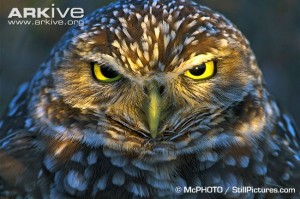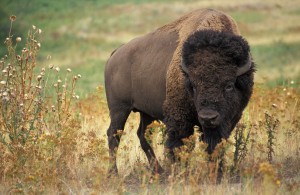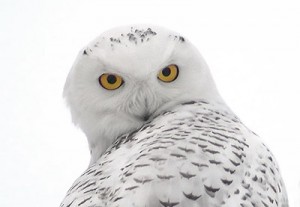Program Includes Biomass Removals from Federal Lands to Reduce Forest Fires
On August 6 Agriculture Secretary Tom Vilsack announced that the U.S. Department of Agriculture (USDA) has selected 36 energy facilities in 14 states to accept biomass deliveries supported by the Biomass Crop Assistance Program (BCAP), which was authorized by the 2014 Farm Bill. Biomass owners who supply these facilities may qualify for BCAP delivery assistance starting July 28, 2014.
Of the total $25 million per year authorized for BCAP, up to 50 percent ($12.5 million) is available each year to assist biomass owners with the cost of delivery of agricultural or forest residues for energy generation. Some BCAP payments will target the removal of dead or diseased trees from National Forests and Bureau of Land Management public lands for renewable energy, which reduces the risk of forest fire.
“This program generates clean energy from biomass, reduces the threat of fires by removing dead or diseased trees from public forest lands, and invests in rural businesses and new energy markets,” said Vilsack. “The fires we are seeing right now in the west underscore the need for forest restoration and fire prevention. Pairing this effort with forest restoration on public lands will help guard against these fires while promoting economic opportunity for rural communities.”
Farmers, ranchers or foresters who harvest and deliver forest or agricultural residues to a BCAP-qualified energy facility may be eligible for financial assistance for deliveries. The USDA Farm Service Agency (FSA), which administers BCAP, will begin accepting applications from biomass owners from July 28 through Aug. 25. Deliveries of residues for approved contracts may be made through Sept. 26, 2014.
In Kansas the BCAP energy facility selected was Abengoa.
Visit www.fsa.usda.gov/bcap or a local FSA county office to learn more about BCAP.
BCAP was reauthorized by the 2014 Farm Bill. The Farm Bill builds on historic economic gains in rural America over the past five years, while achieving meaningful reform and billions of dollars in savings for taxpayers. Since enactment, USDA has made significant progress to implement each provision of this critical legislation, including providing disaster relief to farmers and ranchers; strengthening risk management tools; expanding access to rural credit; funding critical research; establishing innovative public-private conservation partnerships; developing new markets for rural-made products; and investing in infrastructure, housing and community facilities to help improve quality of life in rural America. For more information, visitwww.usda.gov/farmbill.



